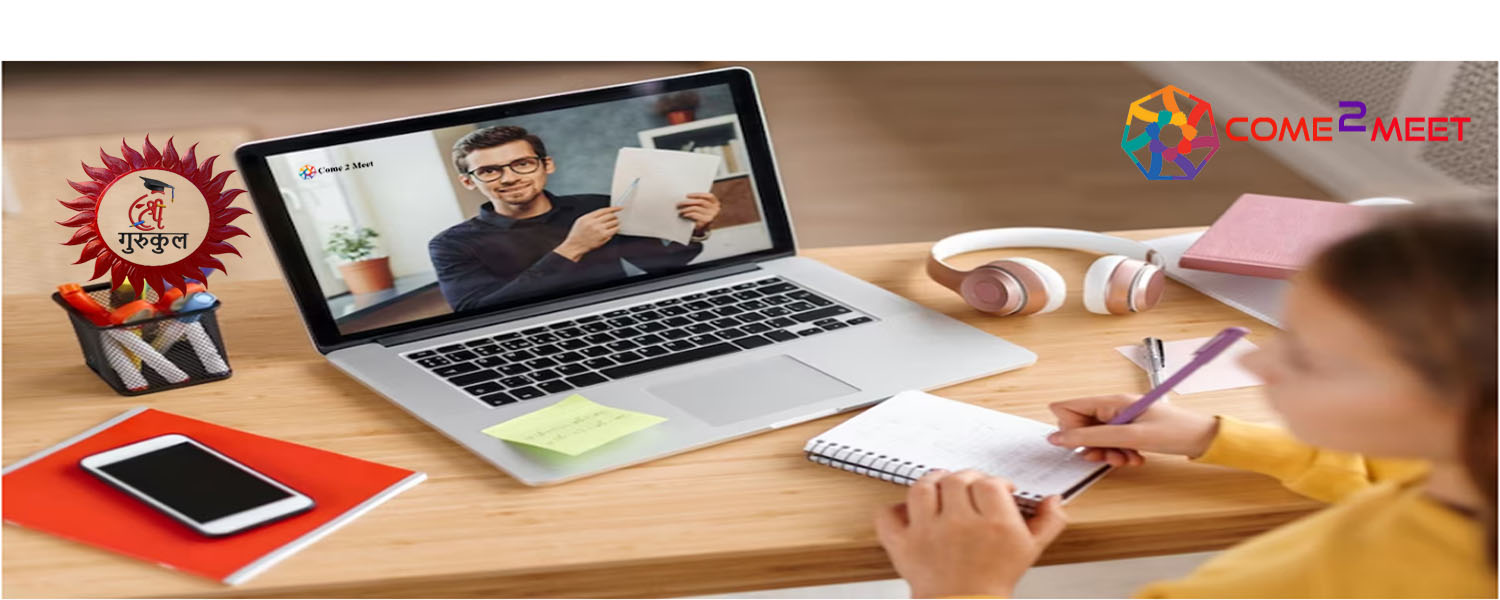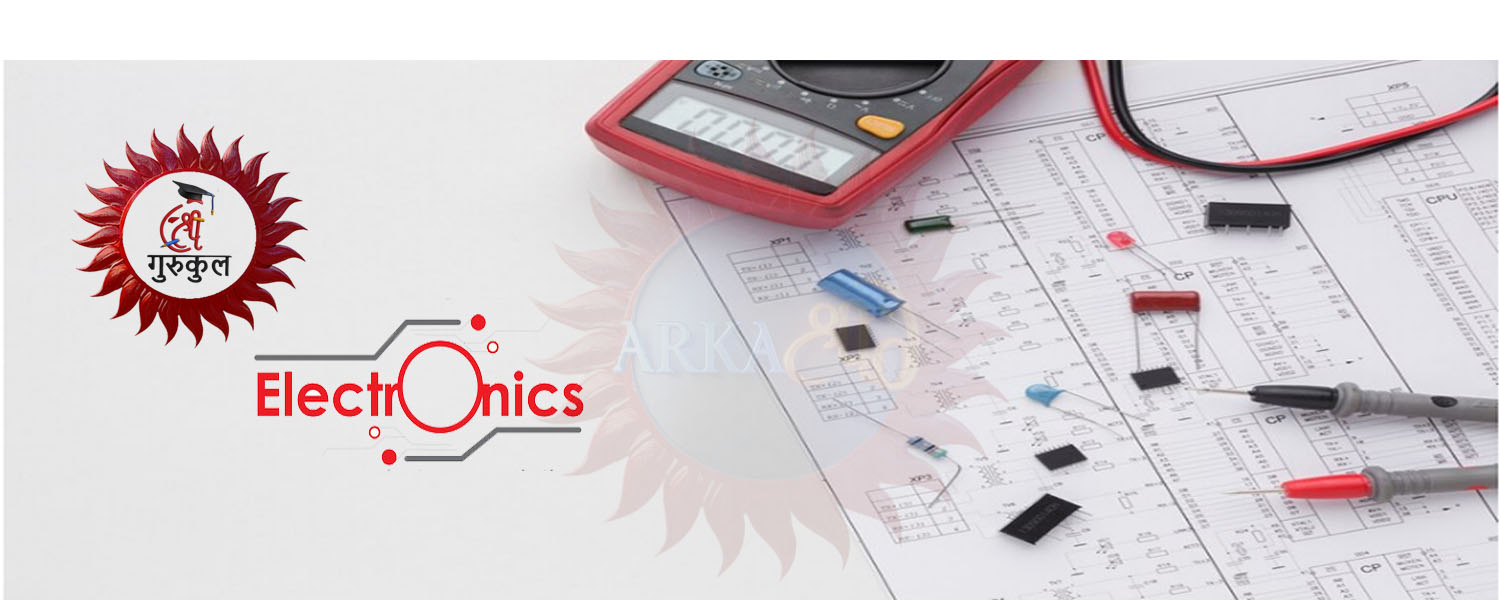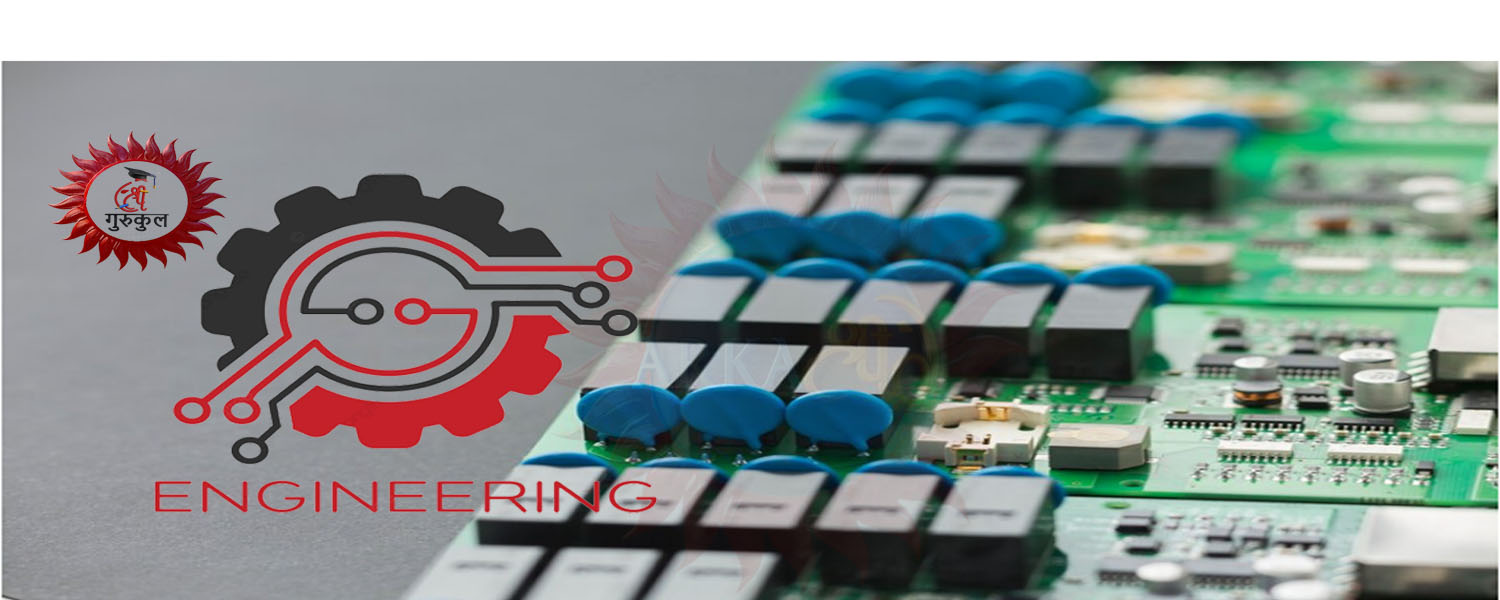Site announcements
Skip course categories
Course categories
Skip available courses
Available courses
Olympiads are a kind of competitive exam, held across schools, to tap exceptional students with the best of potential, talent, aptitude, and IQ.
LKG stands for Lower Kindergarten and UKG stands for Upper Kindergarten. These classes are part of the elementary education system in India, which also includes Nursery. LKG and UKG are optional classes for children aged 3 to 6 years old that help prepare them for primary school. They focus on early childhood development and help children increase their knowledge.
LKG stands for Lower Kindergarten and UKG stands for Upper Kindergarten. These classes are part of the elementary education system in India, which also includes Nursery. LKG and UKG are optional classes for children aged 3 to 6 years old that help prepare them for primary school. They focus on early childhood development and help children increase their knowledge.
The aim of preschool education is to facilitate optimum development of child’s full potential and lay the foundation for all round development and lifelong learning.
Primary school, also known as elementary school, is the first level of schooling after early childhood education. It's aimed at children between the ages of five and eleven and is designed to provide fundamental skills in reading, writing, and mathematics, as well as an elementary understanding of language and science. Primary education also helps children develop skills for life, work, and active citizenship.
Primary school, also known as elementary school, is the first level of schooling after early childhood education. It's aimed at children between the ages of five and eleven and is designed to provide fundamental skills in reading, writing, and mathematics, as well as an elementary understanding of language and science. Primary education also helps children develop skills for life, work, and active citizenship.
Primary school, also known as elementary school, is the first level of schooling after early childhood education. It's aimed at children between the ages of five and eleven and is designed to provide fundamental skills in reading, writing, and mathematics, as well as an elementary understanding of language and science. Primary education also helps children develop skills for life, work, and active citizenship.
Primary school, also known as elementary school, is the first level of schooling after early childhood education. It's aimed at children between the ages of five and eleven and is designed to provide fundamental skills in reading, writing, and mathematics, as well as an elementary understanding of language and science. Primary education also helps children develop skills for life, work, and active citizenship.
Primary school, also known as elementary school, is the first level of schooling after early childhood education. It's aimed at children between the ages of five and eleven and is designed to provide fundamental skills in reading, writing, and mathematics, as well as an elementary understanding of language and science. Primary education also helps children develop skills for life, work, and active citizenship.
Secondary Class Interactive Gamification learning point
In India, secondary education usually lasts four years and is for students aged 14 to 18. It's divided into two stages: lower secondary education, which ends with exams for a Standard X diploma, and upper secondary education, which ends with exams for a Standard XII diploma. Upper secondary education can also lead to a Vocational Standard XII diploma.
Secondary education in India is important because it connects the foundational knowledge students learn in primary school with the specialization they'll pursue in higher education or vocational training
n India, secondary education usually lasts four years and is for students aged 14 to 18. It's divided into two stages: lower secondary education, which ends with exams for a Standard X diploma, and upper secondary education, which ends with exams for a Standard XII diploma. Upper secondary education can also lead to a Vocational Standard XII diploma.
Secondary education in India is important because it connects the foundational knowledge students learn in primary school with the specialization they'll pursue in higher education or vocational training
n India, secondary education usually lasts four years and is for students aged 14 to 18. It's divided into two stages: lower secondary education, which ends with exams for a Standard X diploma, and upper secondary education, which ends with exams for a Standard XII diploma. Upper secondary education can also lead to a Vocational Standard XII diploma.
Secondary education in India is important because it connects the foundational knowledge students learn in primary school with the specialization they'll pursue in higher education or vocational training
n India, secondary education usually lasts four years and is for students aged 14 to 18. It's divided into two stages: lower secondary education, which ends with exams for a Standard X diploma, and upper secondary education, which ends with exams for a Standard XII diploma. Upper secondary education can also lead to a Vocational Standard XII diploma.
Secondary education in India is important because it connects the foundational knowledge students learn in primary school with the specialization they'll pursue in higher education or vocational training.
In India, secondary education usually lasts four years and is for students aged 14 to 18. It's divided into two stages: lower secondary education, which ends with exams for a Standard X diploma, and upper secondary education, which ends with exams for a Standard XII diploma. Upper secondary education can also lead to a Vocational Standard XII diploma.
Secondary education in India is important because it connects the foundational knowledge students learn in primary school with the specialization they'll pursue in higher education or vocational training
Higher secondary school (HSC) classes in India are usually grades 11 and 12, and are also known as intermediate education. Students in these classes are typically between the ages of 16 and 18, and the classes usually last two years.
Higher secondary school (HSC) classes in India are usually grades 11 and 12, and are also known as intermediate education. Students in these classes are typically between the ages of 16 and 18, and the classes usually last two years.
Interactive Content Example.
Python Programming Virtual Lab






